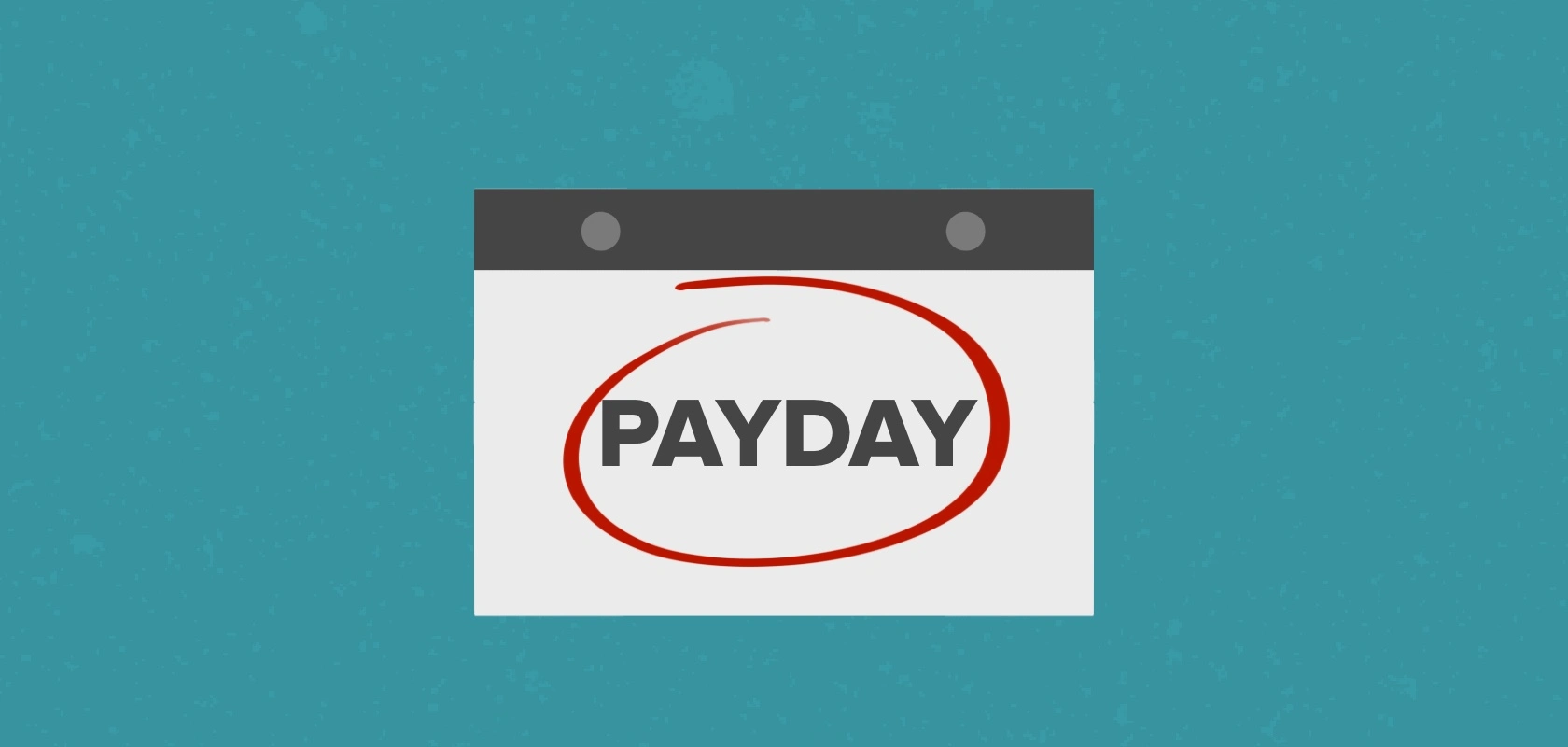Infographic: 20 business and finance terms you should know
The business world is vast, and it can be hard for small business owners to keep up with all the terminology used. Therefore, it’s important to create a glossary containing some of the most essential terms so you can be prepared for any important conversation about business.
The team at the BBB has put together a quick go-to resource of some of the most-used terms in business and finance to help you expand your business vocabulary.
20 business and finance terms you need to know
Whether you’re just beginning your entrepreneurial journey or you’re a seasoned professional, it’s important to understand the language used in business and finance.
Here are 20 must-know business and finance terms:
1. Accounts Payable – Accounts payable is the debt a company owes to its suppliers. Accounts payable can also refer to the department within a company that is responsible for paying bills and handling the purchasing of inventory/equipment.
2. Accounts Receivable – Accounts receivable is the debt owed to the company from its customers. Accounts receivable can also refer to the department within a company that handles collecting money from customers.
3. Asset(s) – An asset is anything of value owned by a company. Defined broadly, an asset can include anything from cash to equipment to inventory.
4. Bankruptcy – Bankruptcy is the legal status of a person or business entity that cannot pay its debts. Bankruptcy is a serious financial situation. In 2020, approximately 21,655 U.S. businesses filed for bankruptcy.
5. Bookkeeping – Bookkeeping is the process of recording and tracking a company’s financial transactions and maintaining its financial records. Bookkeeping is typically performed by an accountant or financial professional, although nearly 45% of small businesses do not employ a bookkeeper.
6. Bootstrapping – Bootstrapping is a method of starting a business without using outside financing. It is often used to keep overhead costs low while getting the business off the ground.
7. Business Plan – A business plan is a formal document that outlines a company’s goals and objectives, as well as the strategies it will use to achieve those goals. Nearly a third of small businesses have a formal documented business plan in place.
8. Capital – Sometimes referred to as funds or cash, capital is the money available to start and expand a business. Capital can come in the form of cash, credit, or other financial instruments.
9. Cash Flow – Cash flow is the amount of money that comes into and out of a business. Cash flow is an important indicator of a company’s financial health, revealing whether a business is generating enough revenue to meet its obligations. A lack of cash flow is one of the top reasons brands go out of business, with 82% of small businesses reporting cash flows problems as the reason they shut their doors.
10. Collateral – Collateral is property or assets that can be used as security for a loan. If the business does not repay its loan, the lender can seize the collateral and use it to pay the debt incurred.
11. Credit Limit – A credit limit is the maximum amount of credit that a business can borrow. Business credit lines can be used for various purposes, including inventory purchases, equipment acquisition, and payroll funding.
12. Employer Identification Number (EIN) – A company’s Employer Identification Number (EIN) is a nine-digit number assigned by the IRS. The IRS uses this number to identify business tax accounts.
13. Financial Statements – Financial statements encompass a company’s financial data and information about its financial health. The three most important financial statements include a company’s income statement, balance sheet, and cash flow statement.
14. Guarantor – A guarantor is a person who commits to paying a debt if the original borrower does not pay. This is typically a trusted business partner who agrees to pay the debt if the businesses defaults on a loan. A guarantor is often used when lending to small businesses with a limited credit history. With 43% of new companies applying for new lines of credit in 2019 alone, having a reliable guarantor is a smart business strategy.
15. Interest Rate – The interest rate is the percentage that a lender charges for the use of capital. Currently, the average interest rate for a business sits between 2.54% to 7.02%.
16. Liability – Liabilities are financial obligations that a company owes to creditors. Liabilities include loans, mortgages, and credit card debt. A business with high levels of liability may be at risk of going out of business if it is unable to pay its debts
17. Lien – A lien is a legal claim against a business’s property, which prevents the company from selling or transferring the property without the lien holder’s permission. When a lien is placed on a business’s property, it means that the lienholder has the right to seize the property and sell it to pay the debt that was incurred. The IRS issues nearly 1 million liens each year on businesses.
18. Loan(s) – A business may take out a loan to use as working capital, to improve the business, or to purchase inventory, equipment, or other business assets. Business loans are issued for a designated purpose and often have a set repayment schedule.
19. Net Worth – A business’s net worth is its total assets minus its total liabilities. Net worth is a significant financial indicator of a business’s financial health.
20. Profit(s) – Profit is the excess revenue remaining after a business pays its expenses. When a company makes a profit, it means that the business has a financial gain.
Stay in the know with the BBB
The Better Business Bureau is dedicated to keeping small businesses up to date on the latest news, trends, and financial tips.
Stay on top of the latest news by visiting the BBB business news feed and the BizHQ.
BBB of Southern Piedmont and Western N.C. contributed to this article.






